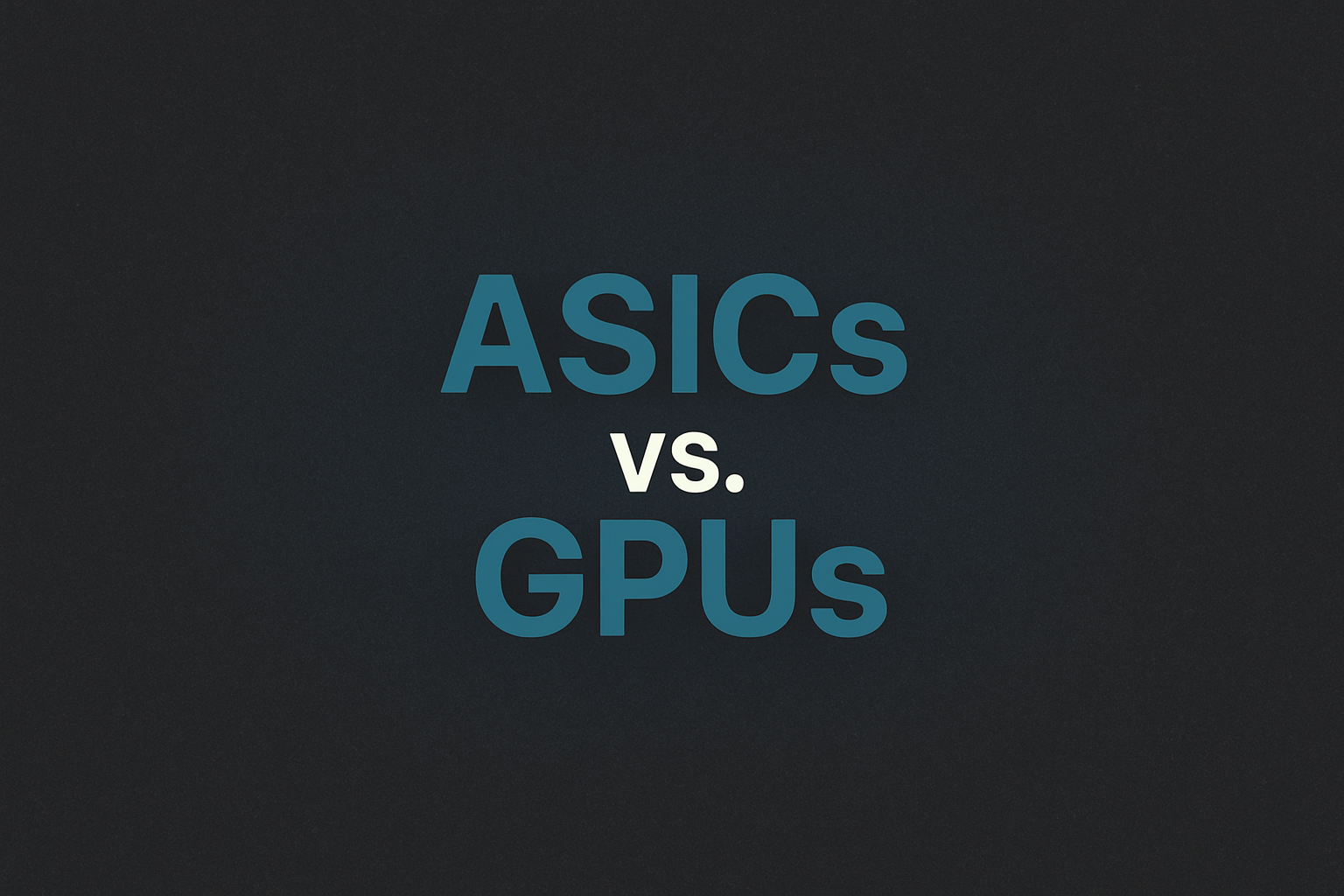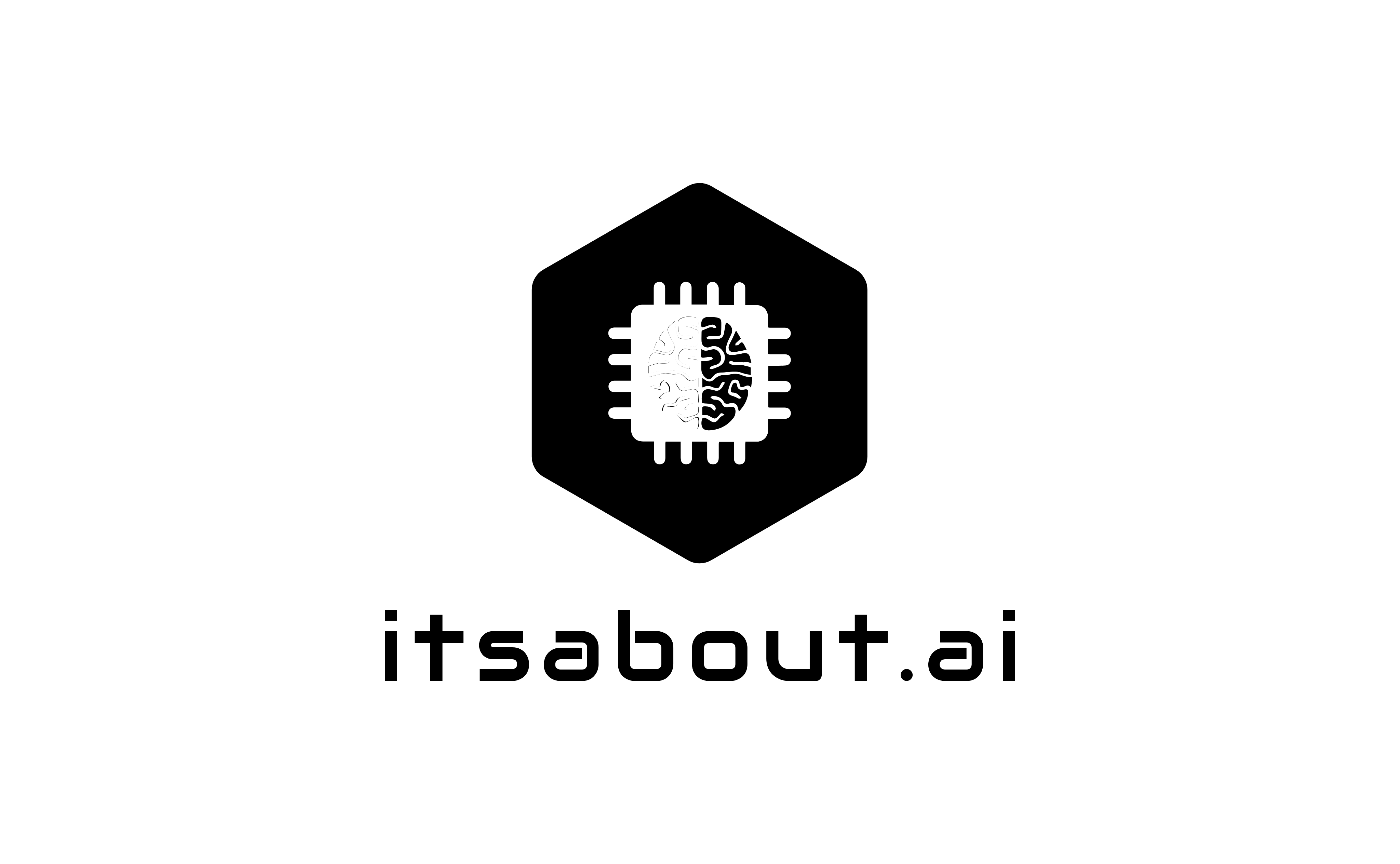The Future of AI Isn’t in GPUs—It’s in ASICs

The AI revolution has long been powered by GPUs, especially Nvidia’s. But that era is evolving. On September 5, 2025, Broadcom confirmed a $10 billion deal to develop custom AI chips for OpenAI—chips designed specifically for AI workloads and expected to roll out in 2026.
This marks a pivotal shift toward ASICs (Application-Specific Integrated Circuits). As I highlighted in my earlier article, today’s reliance on GPUs and TPUs is hitting limits in efficiency, scalability, and sustainability. The move to ASICs is a natural next step.
Why ASICs Are the Future
1. Tailored Performance & Peak Efficiency
Unlike GPUs, ASICs are purpose-built. Reports suggest Broadcom’s chips use systolic arrays and High-Bandwidth Memory (HBM) on TSMC’s 3 nm node, delivering far greater efficiency and throughput for AI workloads.
2. Ending the Supply Bottleneck
OpenAI has struggled with GPU shortages—a challenge openly acknowledged by CEO Sam Altman. With ASICs, it gains independence from volatile GPU supply chains.
3. Cost Efficiency at Scale
While ASICs require high upfront investment, they become significantly cheaper per unit at scale. The Broadcom deal could yield 1–2 million custom accelerators, putting OpenAI in hyper-scaler territory.
4. Hardware–Software Co-Design
GPUs are one-size-fits-all. ASICs, however, can be co-designed with AI models in mind—fine-tuning both software and silicon for maximum performance.
5. Strategic Independence
Owning silicon shifts the balance of power. OpenAI can reduce reliance on Nvidia and gain more leverage over its compute future.
GPUs vs ASICs: A Comparison
| Feature | GPUs (Graphics Processing Units) | ASICs (Application-Specific Integrated Circuits) |
|---|---|---|
| Design Purpose | General-purpose, designed for graphics & parallel compute | Custom-built for a specific workload, e.g. AI training/inference |
| Performance Efficiency | High performance but not fully optimized for AI | Extremely efficient, tuned for matrix math & AI operations |
| Flexibility | Can run many different workloads (AI, HPC, graphics) | Limited to the task it was designed for |
| Energy Consumption | Higher per operation due to general design | Lower energy use per operation, better performance per watt |
| Scalability | Dependent on supply chains (e.g., Nvidia GPUs) | Scales more efficiently once initial design is mass produced |
| Upfront Cost | Lower initial R&D cost, pay per card | Very high upfront design & fabrication costs |
| Unit Cost at Scale | Expensive per unit at hyperscale | Much cheaper per unit once manufactured in volume |
| Software Ecosystem | Mature (CUDA, ROCm, SYCL, etc.) | Requires custom integration and optimization |
| Supply Chain | Limited vendors, often bottlenecked | Custom supply, but independence once production is set |
| Strategic Value | Off-the-shelf availability, but vendor lock-in | Full control of compute roadmap and architecture |
Connecting Back: Yesterday’s Insight, Today’s Reality
In my earlier article, I argued that GPUs and TPUs would not sustain AI’s next leap. They are too general, too inefficient, and too constrained by supply.
This OpenAI–Broadcom partnership is the embodiment of that prediction: the shift to custom ASICs is not optional—it’s essential.
The Challenges Ahead
Transitioning won’t be simple. Most AI infrastructure today is GPU-optimized. Rewriting workflows and adapting software stacks to ASICs will be complex. Analysts suggest deployment may start in late 2026, but widespread integration will take time.
Still, the long-term gains—efficiency, scalability, independence—make the investment worthwhile.
Looking Ahead
- OpenAI as a Hyper-scaler: Controlling its compute footprint puts OpenAI in a new league.
- AI Hardware Evolution: GPUs will still exist, but ASICs will become the real workhorses of advanced AI.
- Faster Innovation: Hardware and models will evolve in lockstep through vertical integration.
- Cost Predictability: Custom silicon provides better long-term economics than endlessly buying GPUs.
- A More Diverse Landscape: This shift reduces dependence on a single vendor and reshapes the AI hardware ecosystem.
Where x86 Fits Into the ASIC World
While ASICs promise unmatched efficiency, they are not standalone solutions. Almost every AI system still requires a general-purpose architecture for orchestration, scheduling, and control. That’s where x86 CPUs play a critical role.
- Control Plane: x86 processors act as the management layer, handling data movement, I/O operations, and workload scheduling.
- Pre- and Post-Processing: Many AI workflows still depend on CPUs for data preprocessing, feature extraction, and final inference integration.
- Ecosystem Maturity: Decades of software compatibility make x86 indispensable for running supporting services alongside custom silicon.
- Hybrid Compute: The future isn’t “ASICs vs. CPUs,” but rather ASICs paired with CPUs. The x86 architecture will continue to complement AI accelerators—ensuring flexibility and reliability across workloads.
In other words, ASICs will become the muscle of AI systems, while x86 remains the brain and backbone that ties everything together.
Conclusion
Your earlier essay foreshadowed this moment. The OpenAI–Broadcom deal makes it clear: the future of AI won’t be built on commodity GPUs. It will be powered by custom ASICs—efficient, powerful, and purpose-built for tomorrow’s intelligence.
The GPU era isn’t over, but the ASIC era has begun.
